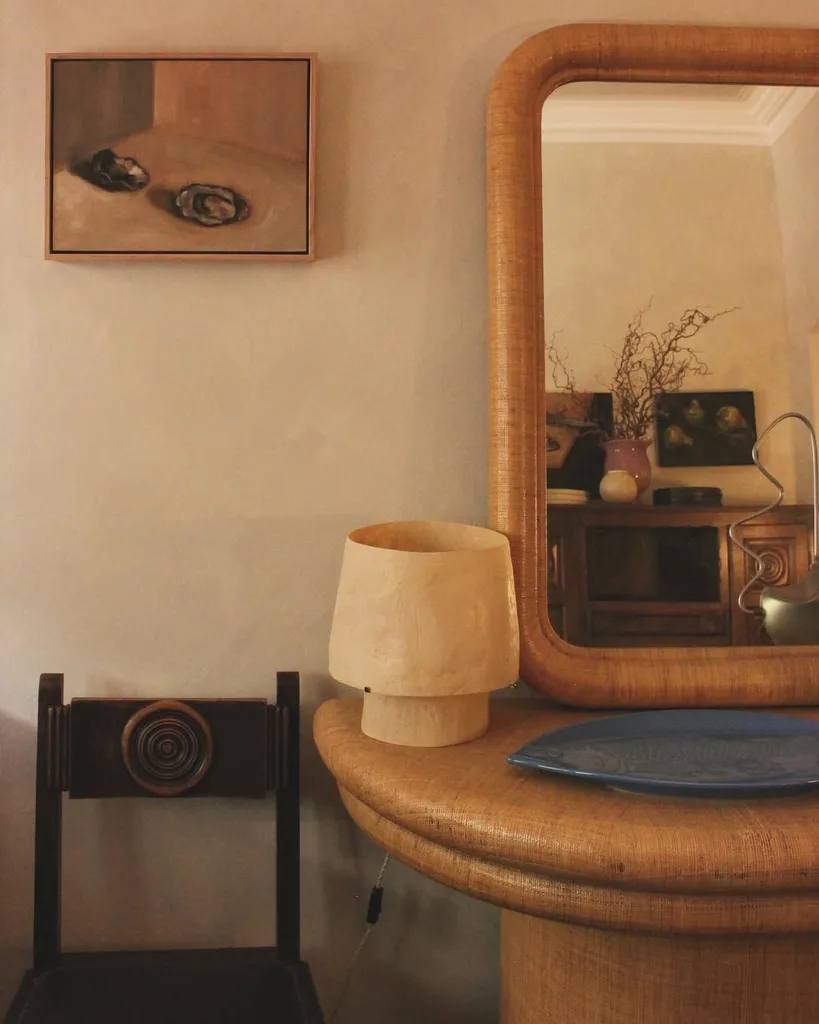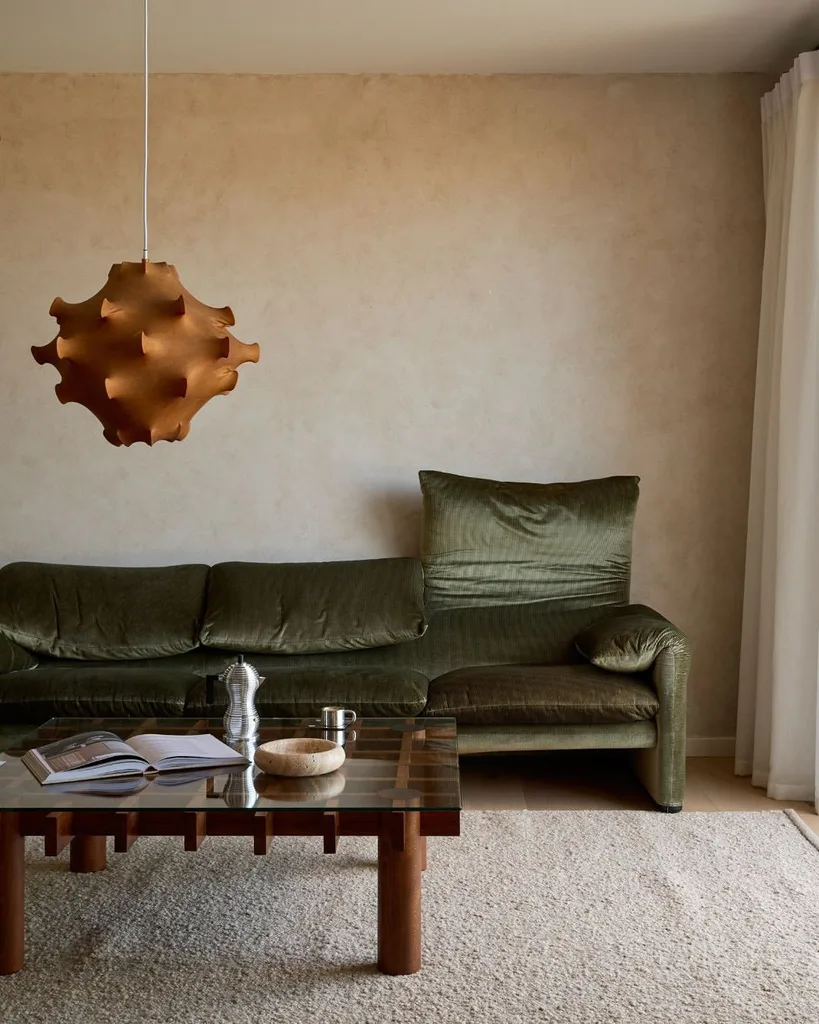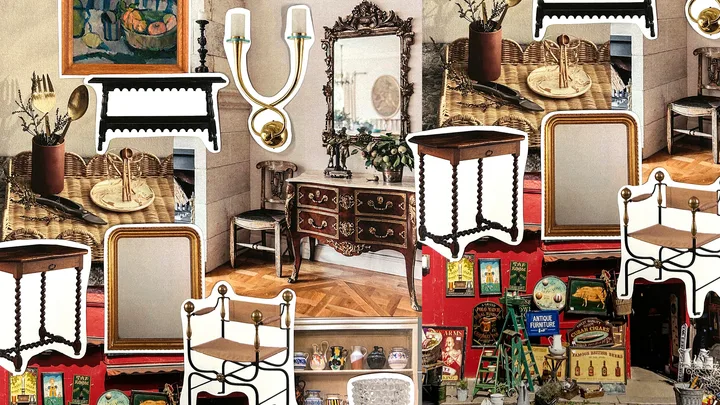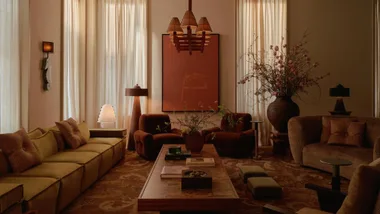Forsake the flat pack and instead forage for finds you’ll treasure for generations by honing your antique shopping skills – to source, style and collect like a professional.
Whether you’re looking to shop sustainably, add to a collection or simply indulge in the thrill of the hunt, antiques salvaged from a junk shop or the finest dealer can bring character and craftsmanship to your home.
So, for the less-seasoned buyer, discover the sources, search terms, and styles to unearth the ultimate treasure.
Train Your Eye: How To Spot Quality Antiques Like A Pro

Interior designers often talk about the term “get your eye in”, when it comes to learning how to buy antiques. It essentially means honing your knowledge to enable you to spot good pieces. Start by immersing yourself in the best the market has to offer at specialist auction houses and dealers.
In Australia, get familiar with Vickers & Hoad, Lawsons or Leonard Joel. And overseas, 1st Dibs is the go-to for interior insiders. It will allow you to train your eye over a wide range of objects. Renowned New York interior designer and antiques expert Miles Redd explains, “Auction houses are living museums where you can enjoy incredible art and antiques before they disappear into private homes.”
They also expose you to rarer pieces. Local interior stylist Sunny Bodger of Alba Atelier recommends considering the scarcity factor, and shopping curated destinations such as Secondi, East Wing Studio, and Cleo Collects for those special, one-of-a-kind pieces (not to mention more affordable shipping than when sourcing antiques from overseas).
What To Look For When Buying Antiques

There is no dealer too lofty nor junk shop too neglected to investigate. White-gloved curators at auction houses may seem intimidating but don’t let them be. “Auction houses can be an incredible resource for securing affordable pieces,” says Alba Atelier’s Bodger, because, like other outlets, they also have pieces they need to sell.
Start by making a shopping list and taking the measurements. Small local auction houses are widely considered the best source for inexpensive, unexpected finds. Sydney-based interior architect Phoebe Nicol founded The Vault to share her passion for antiques and design (she spent six years working for Geoff Clark, who founded the now closed antique store Country Trader).
“We think that every home needs a little spice and hope that our pieces help to build unique and inspiring spaces,” says Nicol. There’s also the celebrated interior designer Tamsin Johnson, who sources inventory from all over the world, and sells it to her clients and online. From wrought-iron rope chairs from the 1940s to 19th century Spanish tables, she has an eye for the rarest of antiques.
Authenticity, Condition & Provenance
The first step in figuring out how to buy antiques with your heart – and head – is all about quality. Hunt out the maker’s mark and check the materials: solid wood, hand-finished details and natural patinas usually indicate quality.
Provenance is key – the story behind an item can add value and meaning. Dealers are often happy to impart their knowledge. They’re also great if repairs are needed, “so ask for their recommended restorer or upholsterer,” adds Henriette von Stockhausen of VSP Interiors.
Following Your Instincts When Buying Antiques

Then, “Trust your instincts,” advises interior designer Brigitta Spinocchia Freund. “If something looks and feels well made, it probably is. If it’s furniture, look at the joints: dovetail or mortise and tenon suggest expert craftsmanship. For ceramics and glassware, small imperfections can be a sign of authenticity rather than flaws. And when in doubt, research the maker or designer.
If in doubt, follow Freund’s checklist: consider authenticity and provenance, condition versus price, uniqueness, functionality, investment potential and seller reputation. “But most importantly, I ask myself, ‘Do I love it?’ If the answer is ‘yes’ it’s usually a good buy,” she says. For Redd, “You have to want it.”
Connoisseur Martin Brudnizki agrees, “If a knick-knack makes you smile or an antique piece catches your eye, trust your instincts. Don’t get caught up in whether it’s ‘right’. If it speaks to you, it’ll find a place in your home. Antiques aren’t about instant gratification; the best collections are built over time.”
Why You Should Ignore Antique Trends
Everyone will be searching for the same Murano lights and bamboo chairs, so it’s worth avoiding the trends – and “there are beautiful things being overlooked”, says Redd. Look for “brown furniture”, he says, such as your grandmother’s antiques, which are cheaper and with better craftsmanship. “Paint it chalky white or green to give it a modern vibe.”
Also, seek out smaller, characterful finds, says Brudnizki, “pieces that add a sense of personality, ornamental lighting, anything with an interesting silhouette,” he explains. Adapt by swapping out handles or upholstering in a new fabric, he adds.
How To Buy Antiques Online & In Person

Where possible, see the piece IRL, as it can be difficult to get a sense of size online and don’t be afraid to ask questions as defects like woodworm can be impossible to spot in an image. “I always request more pictures and for someone to stand next to the item so I can get a sense of scale,” says Redd. “Filters and white backgrounds can make things look better than they are.”
When first learning how to buy antiques, study the market and find out what similar items sell for. At auctions, set your amount and don’t budge – there are plenty more fish in the sea. Contact the seller directly to see what the best price might be. Dealers often want to get rid of bulky furniture, so that’s where you can really negotiate. “Always make an offer of what it feels worth to you – hey, you never know,” says Redd.
If you are at a market and are worried about leaving something behind, get the vendor’s details so you can contact them later, and save items online or add them to your watch list.
With behemoths like eBay, Facebook Marketplace and Etsy, learn how to buy antiques and vintage successfully by honing your searches and keywords. Change phrases, and word order for new results. “Use precise materials, styles or periods to filter out the clutter,” says Brudnizki.
“Set alerts for key phrases to be ahead of the game.” PicClick AU allows you to browse eBay more visually, and there are also guides on sites such as chairish.com and vinterior.co.
“My favourite searches are ‘timeless finds’ and ‘rare and unique’,” says Vinterior’s Sandrine Zhang Ferron, who says if you love something, pounce. Another tip: watch for sites having sales.
Related articles:
- The Interior Design Trends We’re Making Space For In 2025
- You’ve Never Seen An Apartment Like This – Miranda Skoczek’s Colour-Filled Dream
- SIR. Co-Founder Sophie Coote Reveals Her Vintage-Meets-Modern Sydney Home

